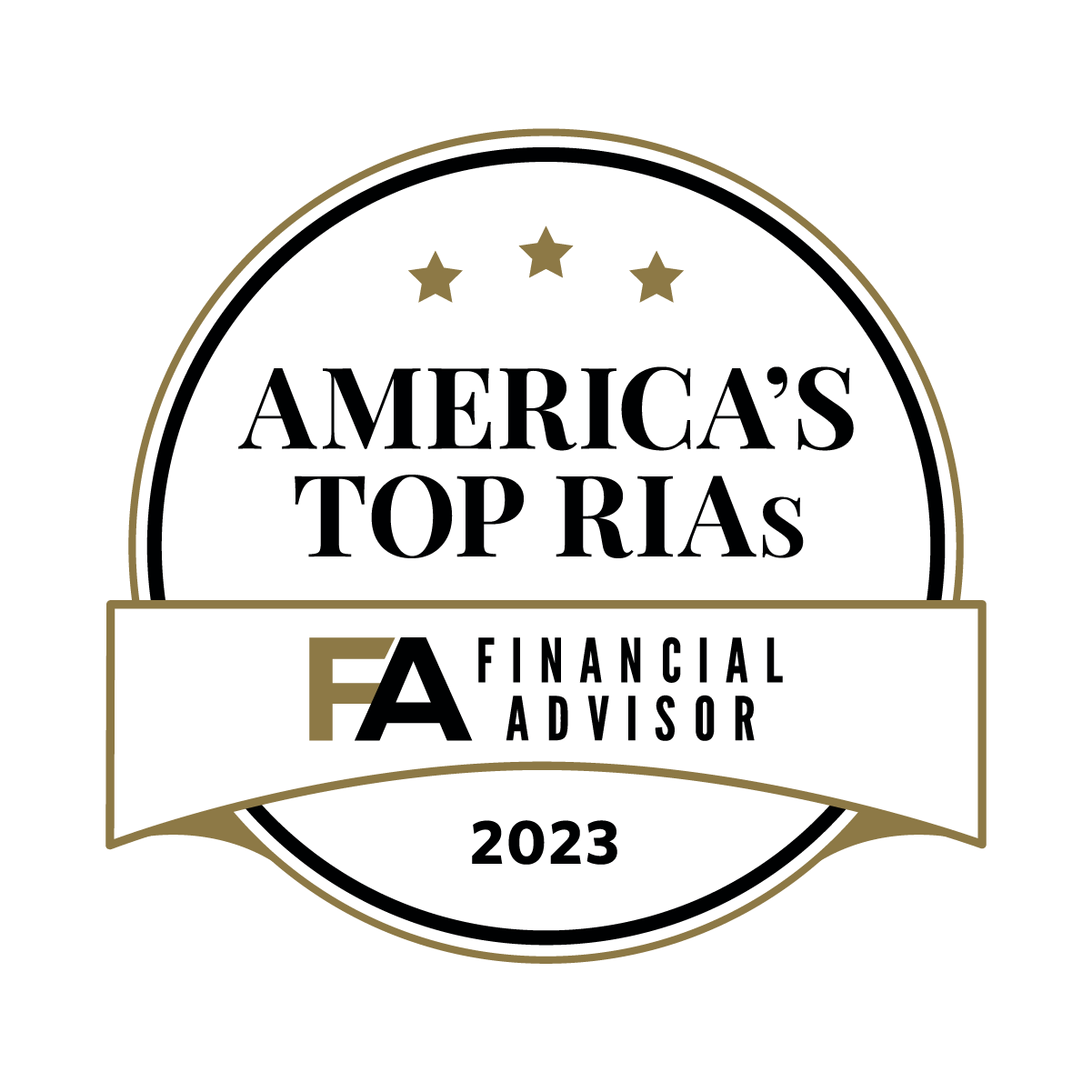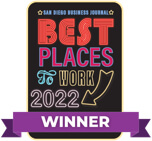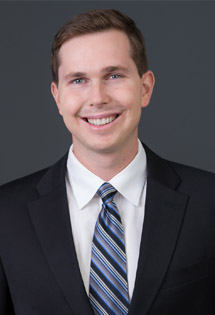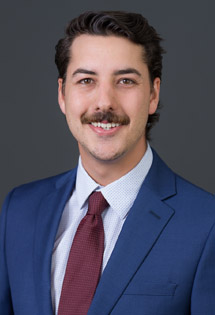
Wealth Management Associate Advisor
Learn more about MartyWealth Management Advisor, Partner
Learn more about KelliOperations Assistant
Learn more about KellyWealth Management Advisor
Learn more about AubreySenior Wealth Management Advisor
Learn more about ChaseDirector of Strategy & Resources, Partner
Learn more about LindseyPresident, Founding Partner
Learn more about CarolynSenior Wealth Management Advisor
Learn more about RyanWealth Management Advisor, Partner
Learn more about BrookeWealth Management Advisor, Partner
Learn more about BrentWealth Management Advisor
Learn more about AndreaWealth Management Associate
Learn more about StoneOperations & Client Service Advisor
Learn more about SallyOur Services
Critical to the success of an investment strategy are the original framework and ongoing design provided by your investment manager for your individual investment needs.

Who We Work With
We’re proud to work with a diverse group of successful business owners and professionals
Entrepreneurs and Small Business Owners
For business owners we often provide:
- Corporate structure review
- 401(k)s establishment
- Retirement planning to maximize income and returns
- Advice for transitioning or selling a business
Working Wealthy
For working wealthy clients we often provide:
- Asset protection
- Estate planning
- Family dynamics surrounding wealth transfer to the next generation
Women
We provide comprehensive advice to women across a number of areas whether you are creating your wealth, inheriting assets from a loved one or taking over a portfolio previously managed by a partner.
Giving back is important to us, and our clients
SEE HOW WE'VE BEEN CONTRIBUTING



















